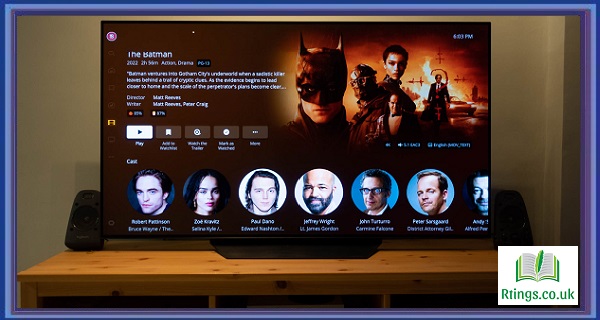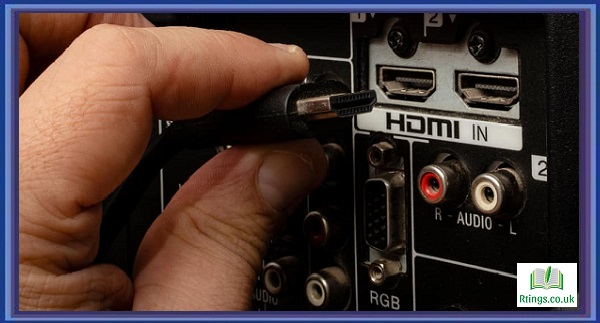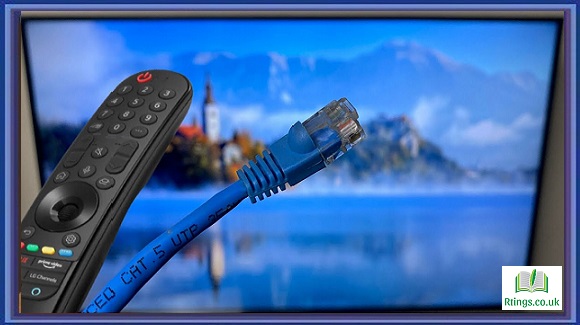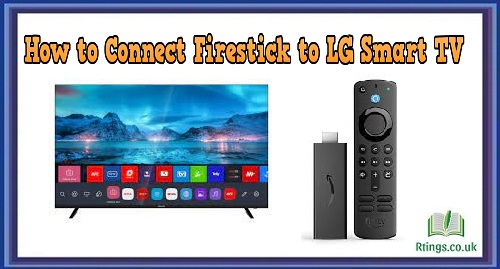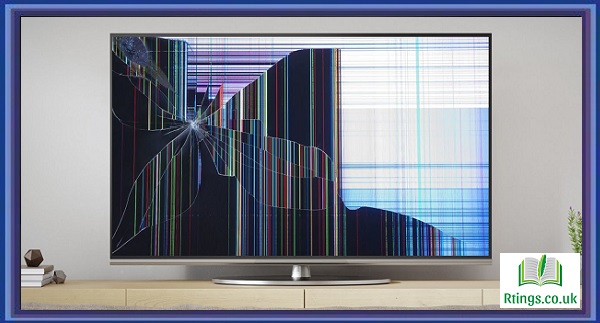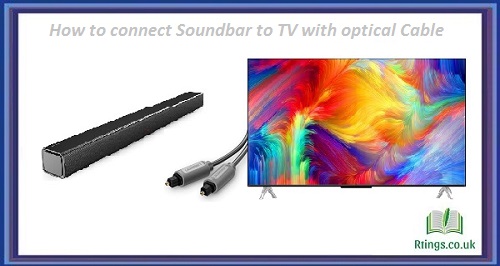Picture quality should be a top consideration when shopping for a budget OLED TV. OLED technology offers some of the best picture quality, but it cannot be easy to evaluate picture quality without spending much money. This article will look at key factors when assessing picture quality on a budget OLED TV.
Resolution
One of the most important factors to consider when evaluating picture quality is resolution. Resolution refers to the number of pixels on the screen, which can significantly impact picture quality. The higher the resolution, the sharper and more detailed the image.
Budget OLED TVs usually come in two resolutions: 1080p and 4K. 1080p resolution is sufficient for smaller TVs, but if you want a larger screen, you may opt for 4K resolution. 4K resolution offers four times as many pixels as 1080p, which can make a big difference in picture quality.
Color Accuracy
Color accuracy is another important factor to consider when evaluating picture quality. A TV with good color accuracy will reproduce colors accurately and realistically. OLED technology is known for its excellent color accuracy, so you should expect vibrant and realistic colors on an OLED TV.
Look for a TV with a wide color gamut to evaluate colour accuracy. A wide color gamut means that the TV can reproduce a wide range of colors, making the image look more vibrant and lifelike. Look for TVs that support HDR (High Dynamic Range) content, which can enhance color accuracy and make the image look more dynamic.
Contrast refers to the difference between an image’s darkest and brightest parts. OLED technology is known for its excellent contrast, which can make images look more dynamic and lifelike.
To evaluate contrast, look for a TV with a high contrast ratio. A high contrast ratio means the TV can display deep blacks and bright whites, making the image more vivid and detailed. Look for TVs with a contrast ratio of at least 500,000:1.
Viewing Angle
Viewing angle refers to how far off-center you can sit and still see a good image. OLED technology is known for its excellent viewing angles, meaning you can sit off to the side and still see a good image.
To evaluate the viewing angle, look for a TV with an IPS (In-Plane Switching) panel. IPS panels offer wider viewing angles than other panels, meaning you can sit off to the side and still see a good image. Look for TVs with a viewing angle of at least 178 degrees.
Motion
Handling Motion handling refers to how well a TV can handle fast-moving images. OLED technology is known for its excellent motion handling, meaning you should see smooth and fluid motion on an OLED TV.
To evaluate motion handling, look for a TV with a high refresh rate. The refresh rate refers to how many times per second the TV can refresh the image on the screen. Look for TVs with a refresh rate of at least 120Hz.
Input Lag
Input lag refers to the delay between when you press a button on your remote and when the action appears on the screen. High input lag can be frustrating, especially when playing video games.
To evaluate input lag, look for a TV with a low input lag. Look for TVs with an input lag of less than 20 milliseconds.
Price Finally, price is important when evaluating picture quality on a budget OLED TV. OLED technology is still relatively expensive, so you should expect to pay more for an OLED TV than for other types of TVs. However, there are some budget OLED TVs available that offer good picture quality at a reasonable price. Remember that while a higher price tag may indicate better picture quality, you can save money to get an excellent OLED TV.
Some budget OLED TVs include the LG BX, the Sony A8H, and the Vizio OLED. These TVs offer good picture quality at a lower price than some of the more expensive OLED TVs on the market.
When shopping for a budget OLED TV, it’s important to remember that you may need to compromise on some features to stay within your budget. For example, you may need to choose a smaller screen size or a lower resolution in order to stay within your budget.
It’s also a good idea to read reviews from other consumers before purchasing. Look for reviews focusing on picture quality, and pay attention to any common issues other consumers have experienced with the TV.
Conclusion
Evaluating picture quality on a budget OLED TV requires careful consideration of factors such as resolution, color accuracy, contrast, viewing angle, motion handling, input lag, and price. By considering these factors and researching before making a purchase, you can find a budget OLED TV that offers good picture quality without breaking the bank.
Frequently Asked Questions (FAQs)
How important is a resolution when evaluating picture quality on a budget OLED TV?
Resolution is an important factor to consider when evaluating picture quality on a budget OLED TV. Generally, the higher the resolution, the sharper and more detailed the image. Budget OLED TVs usually come in two resolutions: 1080p and 4K. 1080p resolution is sufficient for smaller TVs, but if you’re looking for a larger screen, you may opt for 4K resolution. 4K resolution offers four times as many pixels as 1080p, which can make a big difference in picture quality.
How do I evaluate color accuracy on a budget OLED TV?
Color accuracy is another important factor when evaluating picture quality on a budget OLED TV. A TV with good color accuracy will reproduce colors accurately and realistically. Look for a TV with a wide color gamut to assess colour accuracy. A wide color gamut means that the TV can reproduce a wide range of colors, making the image look more vibrant and lifelike. Look for TVs that support HDR (High Dynamic Range) content, which can enhance color accuracy and make the image look more dynamic.
How important is the contrast when evaluating picture quality on a budget OLED TV?
Contrast is an important factor to consider when evaluating picture quality on a budget OLED TV. OLED technology is known for its excellent contrast, which can make images look more dynamic and lifelike. To consider contrast, look for a TV with a high contrast ratio. A high contrast ratio means the TV can display deep blacks and bright whites, making the image more vivid and detailed. Look for TVs with a contrast ratio of at least 500,000:1.
How do I evaluate motion handling on a budget OLED TV?
Motion handling refers to how well a TV can handle fast-moving images. OLED technology is known for its excellent motion handling, meaning you should see smooth and fluid motion on an OLED TV. To evaluate motion handling, look for a TV with a high refresh rate. The refresh rate refers to how many times per second the TV can refresh the image on the screen. Look for TVs with a refresh rate of at least 120Hz. If you plan to use the TV for gaming, consider the input lag, which refers to the delay between when you press a button on your remote and when the action appears on the screen. Look for TVs with a low input lag of less than 20 milliseconds.

